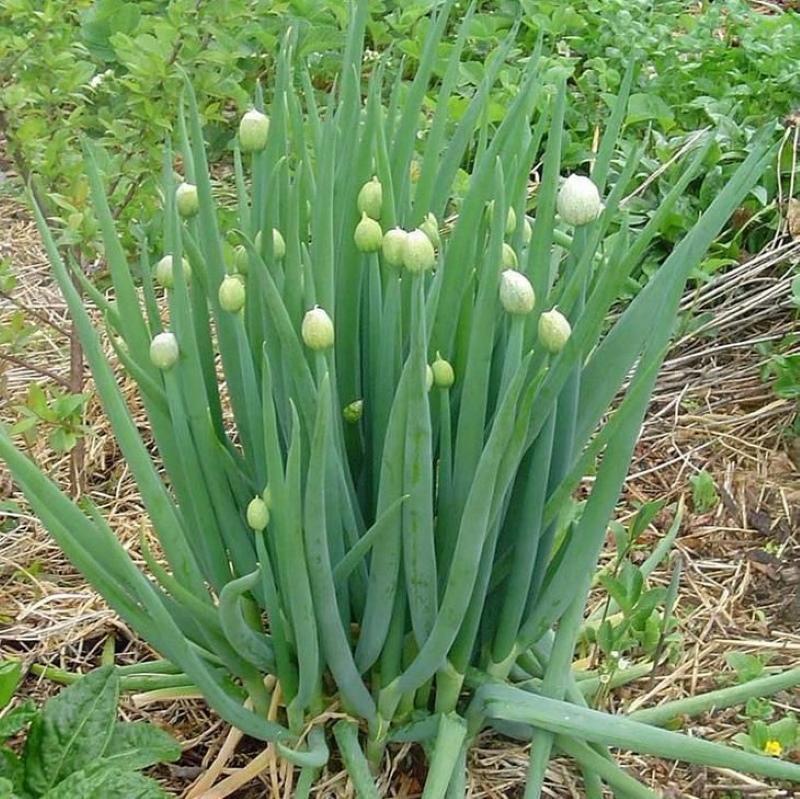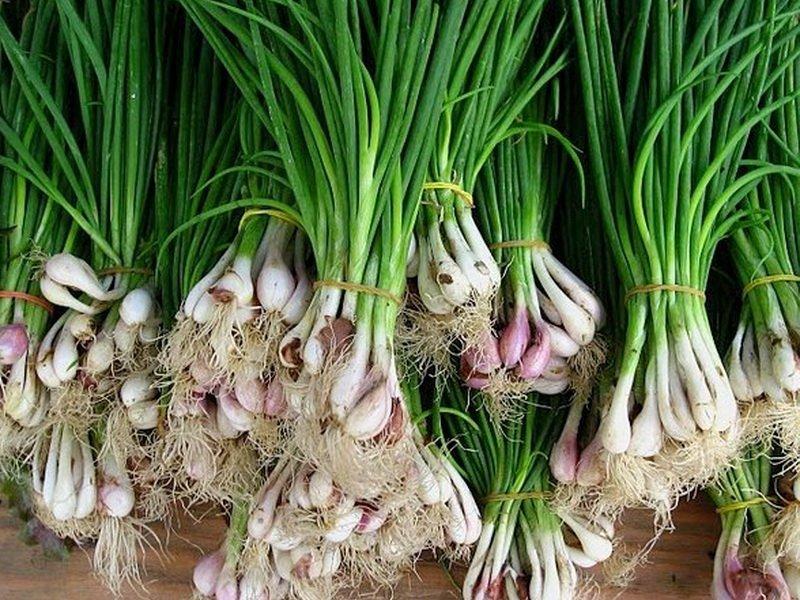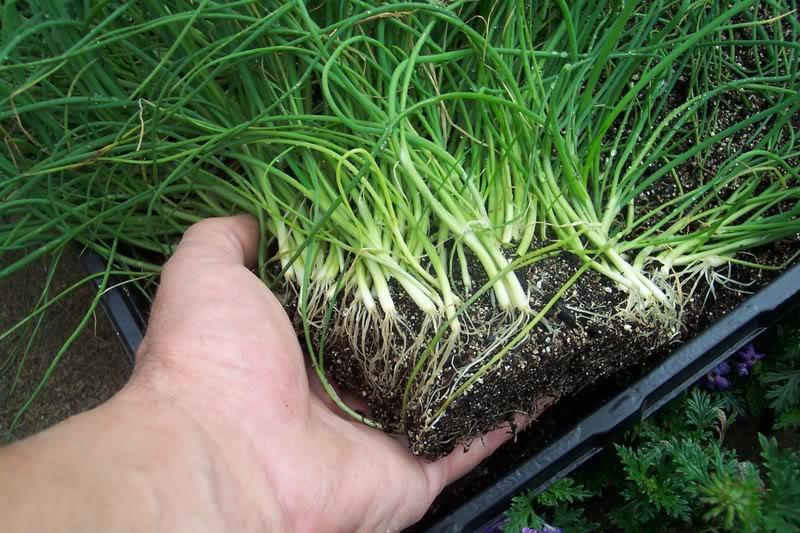Fresh greens without much hassle - batun onions, growing and care
 Its thin, fragrant and spicy feathers are a source of vitamins and an ideal ingredient for vegetable salads and more. One of the most popular crops among summer residents is the batun onion, which is much easier to grow and care for than ordinary onions. If only for the reason that this species is a perennial and does not require annual planting. Having sowed the seeds just once, for the next few years you don't have to worry about where to get the greens from spring to late autumn. And if you need to multiply the batun, you just need to plant an old bush. And one more important advantage is the increased winter hardiness of plants. This allows you to easily grow onions in the open field in any region.
Its thin, fragrant and spicy feathers are a source of vitamins and an ideal ingredient for vegetable salads and more. One of the most popular crops among summer residents is the batun onion, which is much easier to grow and care for than ordinary onions. If only for the reason that this species is a perennial and does not require annual planting. Having sowed the seeds just once, for the next few years you don't have to worry about where to get the greens from spring to late autumn. And if you need to multiply the batun, you just need to plant an old bush. And one more important advantage is the increased winter hardiness of plants. This allows you to easily grow onions in the open field in any region.
Batun onion - growing and care

The main purpose of growing a batun is for a feather. At the same time, it turns out early, and fruiting is extended, because the plants are not afraid of frost. The first feathers appear right after the snow melts, with the first warmth of spring. And the last harvest can be taken after good frosts down to minus 8 ° C, which are not terrible for the leaves. Batun remains a perennial culture even in the northern regions, because it hibernates without losses at a temperature of minus 30 ° C.
How to plant
Planting methods depend on what kind of crop the batun will be grown in:
- Annual. Seeds are sown for seedlings at the end of March, in June they are planted in open ground. In this case, the feathers are not cut, but simply plucked out along with the stem.

- Perennial. In early spring, they sow seeds under a film or in early summer - just in open ground. In the first case, it will be possible to cut feathers already at the end of summer, in the second - only the next year. You can also sow onions before winter, but with a margin

The fastest way to propagate a batun onion is to divide an already mature bush. It is dug up, divided into parts by hand, several stems at a time, or one at a time and seated. Division can be carried out during the entire growing season.
Outdoor onion care
 Onion beds must be watered regularly to prevent the soil from drying out, otherwise the leaves will become rough. At first, they are thinned out, especially if the onion is grown as perennial. For annuals, thinning can be combined with feather harvesting (pulling out growing bushes).
Onion beds must be watered regularly to prevent the soil from drying out, otherwise the leaves will become rough. At first, they are thinned out, especially if the onion is grown as perennial. For annuals, thinning can be combined with feather harvesting (pulling out growing bushes).
On fertile soil, onions can grow for a couple of years without top dressing. If the soil is not particularly rich in nutrients, you can fertilize the beds. infusion of mullein and ash, especially after mass cutting of feathers.However, in winter, the bushes should not leave "naked", but with a small number of young leaves. They will support the plants in late fall and help them winter better.